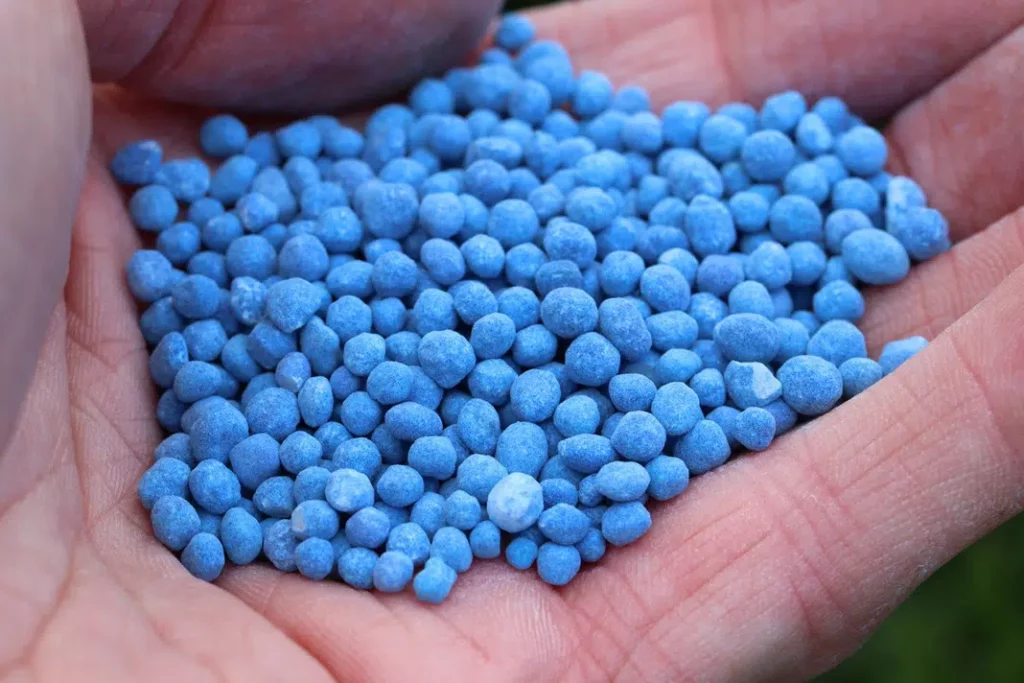Last updated on October 23rd, 2023 at 08:33 pm
When the first crocuses sprout in the garden in spring, the effects of winter precipitation often remain visible. Instead of lush green, the grass shows a yellowish color, bare holes appear in the lawn. It’s high time to get the garden back in shape. But how long does it actually take for the seeds to start growing?
Contents
Lawn growth
How quickly the garden turns green after sowing, it is impossible to give a blanket statement. As always, growth depends on the whims of nature, with three main factors determining the speed:
- Temperature
- Light
- Water
- Optimal temperature
In order to grow, grass requires, among other things, heat. However, what is meant is not the air temperature but the soil temperature. To determine an ideal benchmark, this is measured at a depth of 5 cm. In order for both shoots and roots to form quickly, a temperature range of 15-18°C is most suitable. The prevailing soil temperature depends mainly on its nature. Sandy soil warms up quickly when exposed to direct sunlight, but unlike clayey soil, it has little heat storage capacity. It therefore cools down again at night.
Light influence
Only with the help of sunlight can turf perform photosynthesis, i.e. produce sugar and glucose. Like humans, these substances serve as energy reserves and promote growth. Furthermore, photosynthesis also produces the pigment chlorophyll, which gives the blades their green color. Since light influences the duration of growth, it is not surprising that sunny areas turn green faster than shady locations.
Water supply
However, the above factors also have a disadvantage: light and heat cause water to evaporate more quickly, which is also an important component. Especially in summer, the liquid requirement can therefore be around five liters per square meter. Watering is then best done in the early morning hours so that the water can seep into the soil. In the midday heat, it evaporates directly on the stalks and in the evening there is a risk of waterlogging forming.
Note: Not quite as crucial, but still important for growth is also the lawn variety.
Germination phases
Only if the above aspects are true, the lawn will begin to germinate after sowing. Until a gapless lawn is formed, it still takes some time, during which the grass blades develop as follows:
- Water retention
- Start of swelling
- Enzyme activation
- Nutrient uptake
- Penetration of the seed coat
- Formation of the radicle
- Formation of the cotyledon
- Photosynthesis
- Accelerating germination
With sensible measures it is possible to accelerate germination:
Prepare the soil
So that the young stalks can easily penetrate to the surface of the earth, the soil must be loose. In addition, it is important to avoid too thick a layer of soil. Weeds are another disturbing factor, as they not only overgrow the grass, but also rob valuable nutrients from the soil.
The right cut
To keep growth in check, the lawn must be mowed regularly. 10-12 cuts a year are recommended. When it comes to mowing, quantity over quality, so to speak, because the rule “as short as possible” has long been outdated. Lawns should not be cut shorter than four cm, because then it recovers poorly. This is especially true on hot summer days. The right cutting height helps the blades to grow denser and lusher.
Fertilizer
Fertilizer can rapidly accelerate the duration of lawn growth. Blue fertilizer is particularly noteworthy in this regard. It provides the plants with nutrients in high quantities. However, once the grass has become accustomed to the good supply, it increases its nutrient consumption, so that a new application of fertilizer is necessary after a short time.

Tip: A sensible alternative to fertilizing is mulching. It can be easily combined with lawn mowing and provides natural nutrients. In addition to the cut blades of grass, humus or simple sand have also proven effective as soil conditioners.
Growth rate
As a rule, the germination period is 6 to 28 days. Before the first blades appear on the surface, a few more days pass. In order to grow into a dense lawn, a waiting period of two to four weeks is usually required.
Tip: If you don’t want to wait that long, you should consider so-called lightning turf, which shoots up in just a few days due to special production. The easiest way to obtain this is online.
How long does grass grow in autumn?
Grass grows even in late autumn into the winter months. However, the rate decreases a lot due to the lack of light as well as dropping temperatures around this time. Only when the soil temperature drops below -0.5°C does root growth stagnate. On the surface, the culms stop growing already at 5°C. However, sowing is still possible as early as autumn. Although the seeds do not begin to germinate at temperatures that are too low, they do not suffer any damage.
Grass is not sensitive to frost
Icy temperatures do not harm the plants at all. Grass is absolutely frost hardy. So a break in growth does not mean that the blades will not continue to develop when the climate improves.


